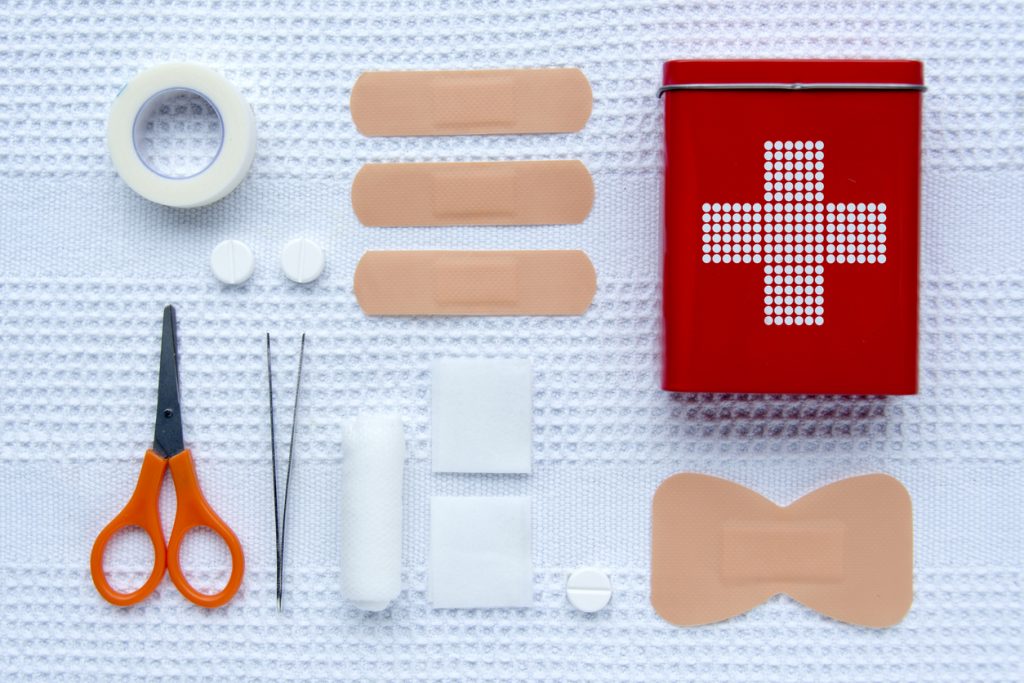
It is important to remain calm in a first aid incident and make sure the person is safe. Assess whether the person is still breathing and assess their condition. If they are unconscious, do not move them and try not to touch any wounds without gloves. If possible, try to open the person’s airway until help arrives. This article will go over the four steps you should take in a first aid incident. However, it’s no replacement for actual first aid training.
Step 1: Assess
The first step in an emergency is to remain calm and assess the situation. Look around for any potential dangers to bystanders, yourself, and the patient. If the situation is unsafe, you should wait for professional assistance. After verifying your safety you need to assess the patients condition. Check the patient for breathing, consciousness, and bleeding. You should also check for signs of shock, physical or emotional trauma and any visible injuries. After you have assessed the situation it is time to move to step 2.
Step 2: Plan
The second step in a first aid situation is to plan for intervention. Call for medical help, or ask a bystander to call for medical help. For first aid interventions you need to understand your level of first aid training. Determine how much help you can give the patient with the level of first aid training and knowledge you possess. Plan what actions you can take to assist the patient until medical help arrives, and ensure your ongoing safety while you do so.
Step 3: Implement
After you have planned for intervention it is time to implement your plan, in other words it is time to take action. Based on your assessment, give first aid for life threatening injuries. Talk to the patient and inform them about what is happening and what you are doing. If emergency services are arriving quickly, do not splint injuries. Maintain the patient’s condition and await medical assistance while you administer psychological first aid.
Step 4: Evaluate
Next you need to evaluate the situation, check that medical assistance will arrive soon. Ensure the scene remains safe, and if it is not consider moving the patient as carefully as possible. Check that bandages are still secure and that the bleeding has stopped. If the bleeding continues, add more dressings and apply pressure. If the patient loses consciousness, prepare to administer basic life support. After handing over the patient to medical professionals, assist any family and relatives with information about where the patient will receive care.
Conclusion
An emergency situation is stressful, and you should be prepared to provide the first aid that could save someone’s life. First aid training will allow you to be prepared for any situation, and vastly increase the chances of survival for the injured party. Remaining calm and following the steps we have detailed here will give you the best chance of succeeding in your efforts.

